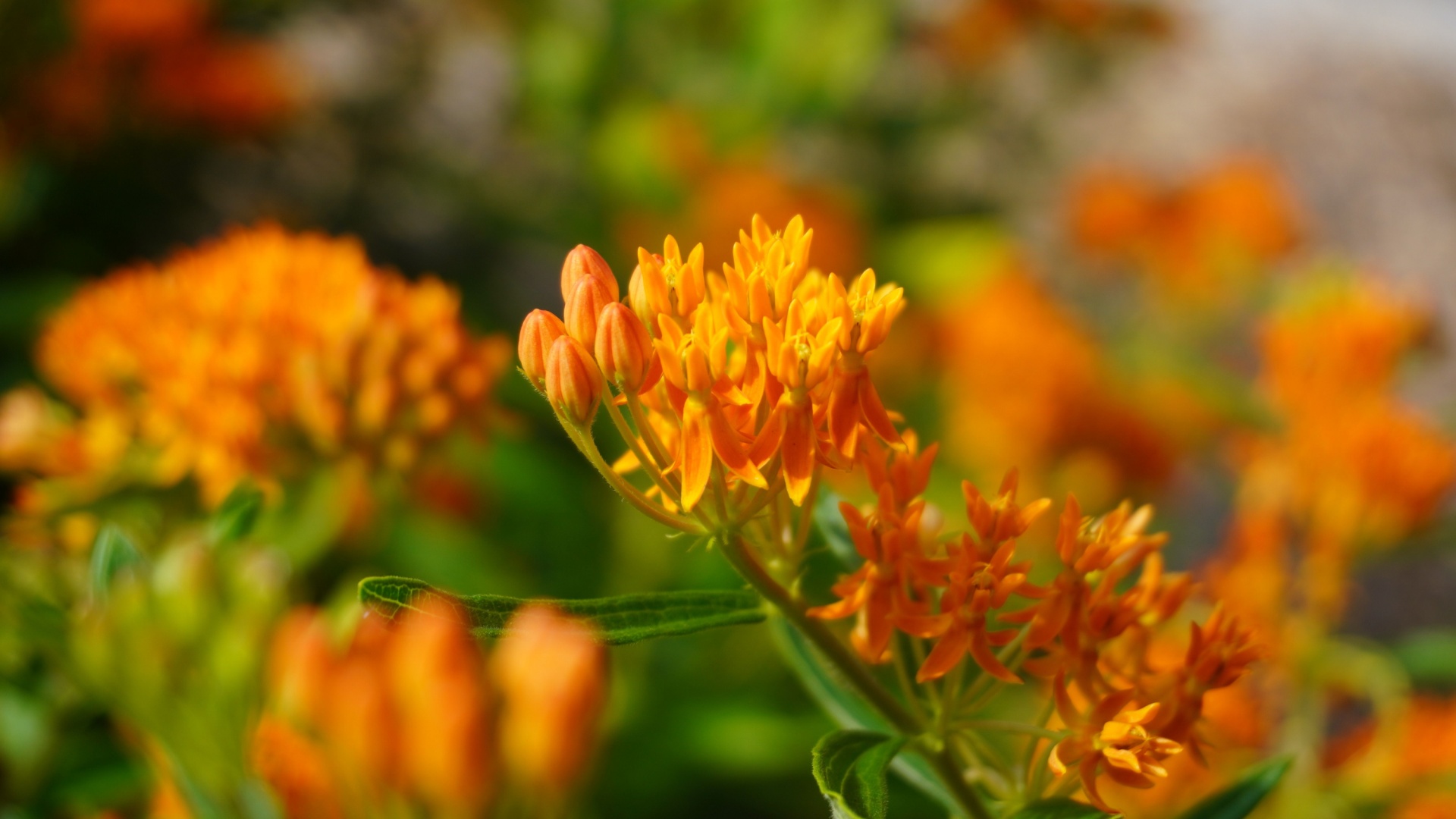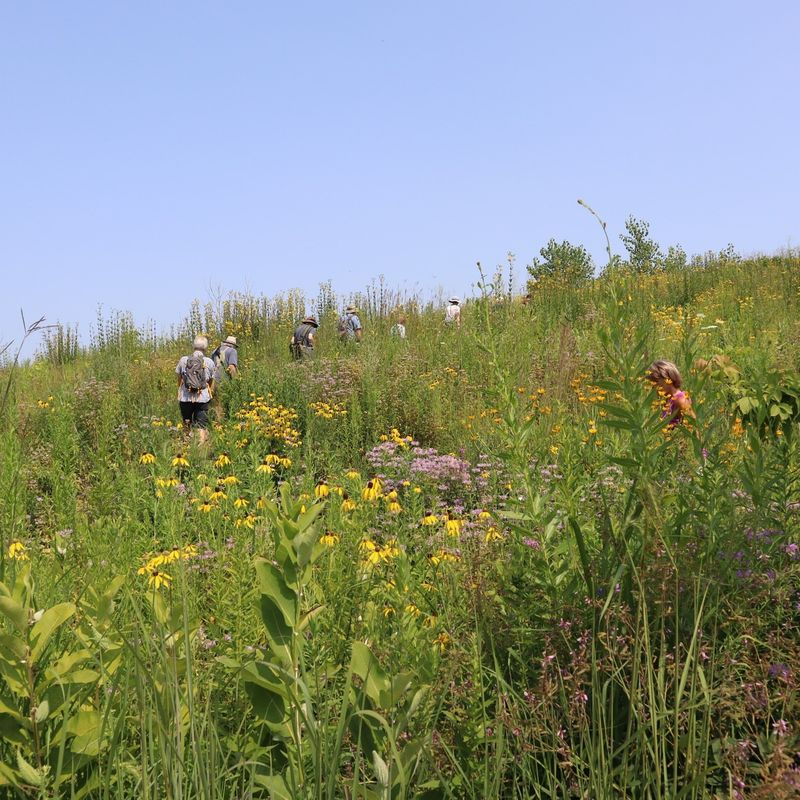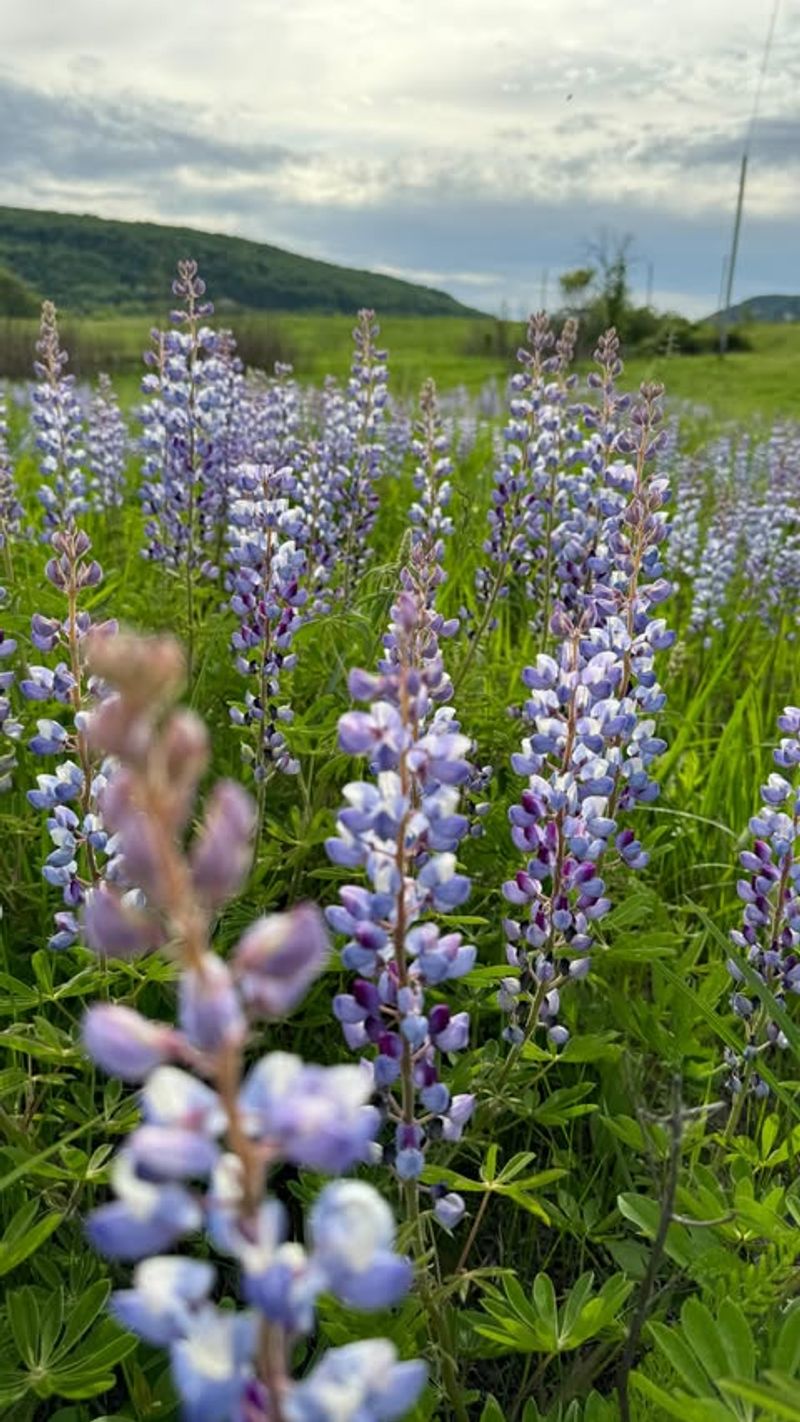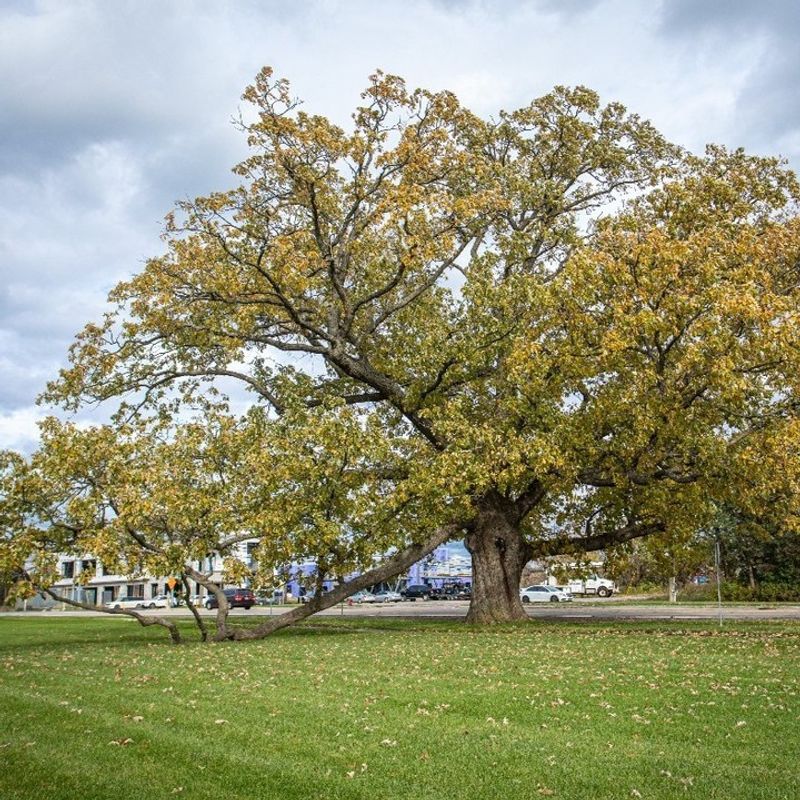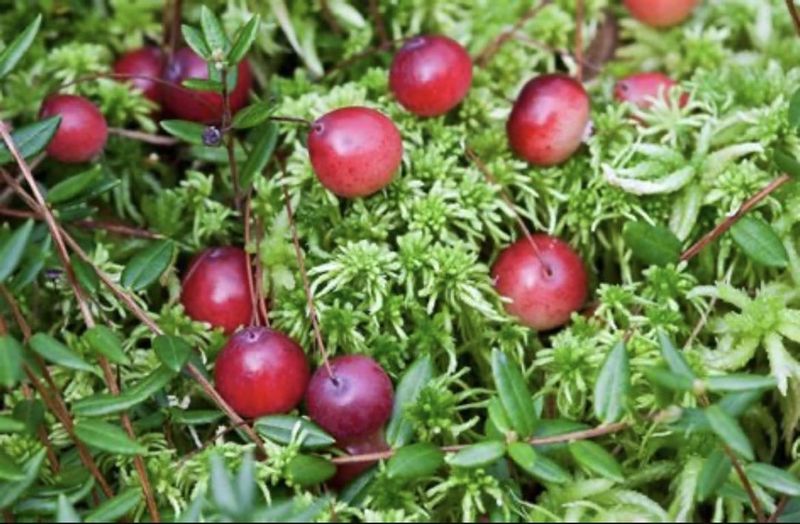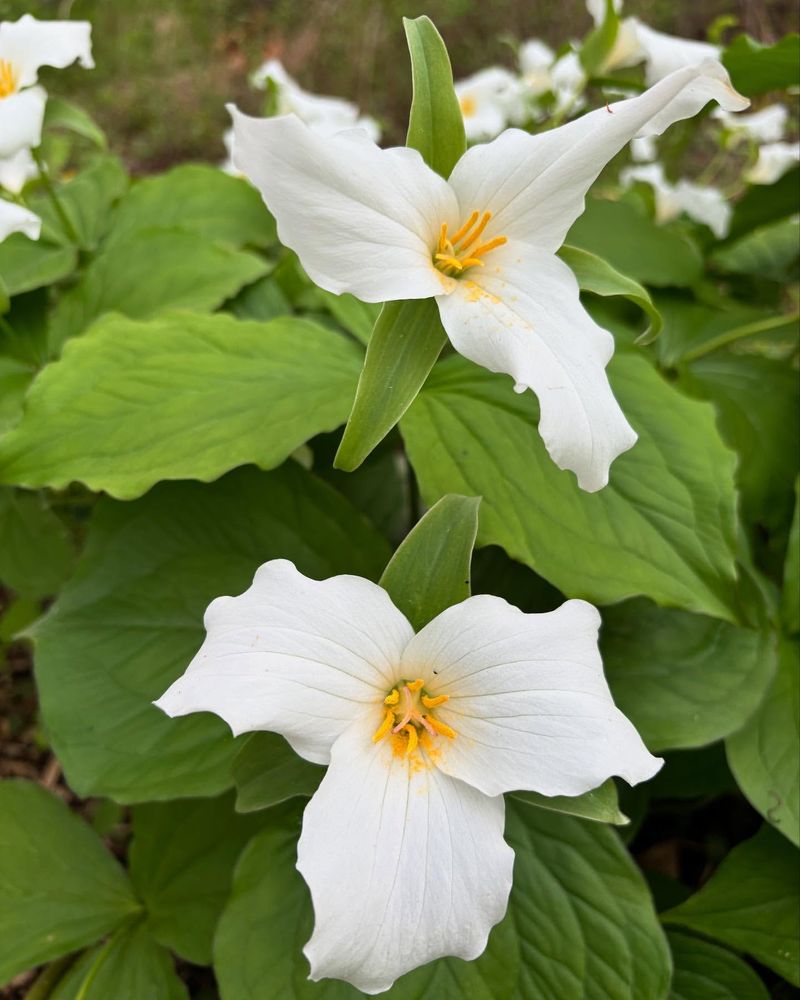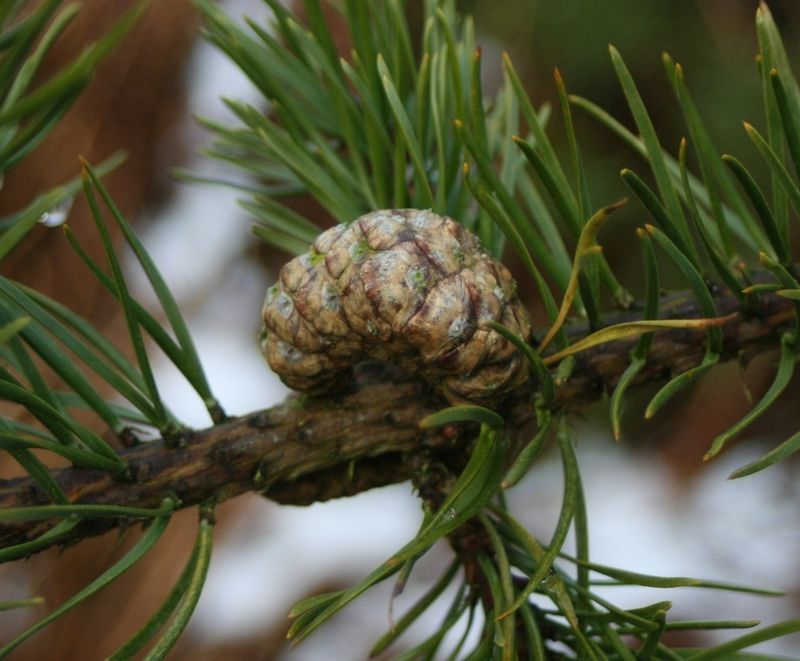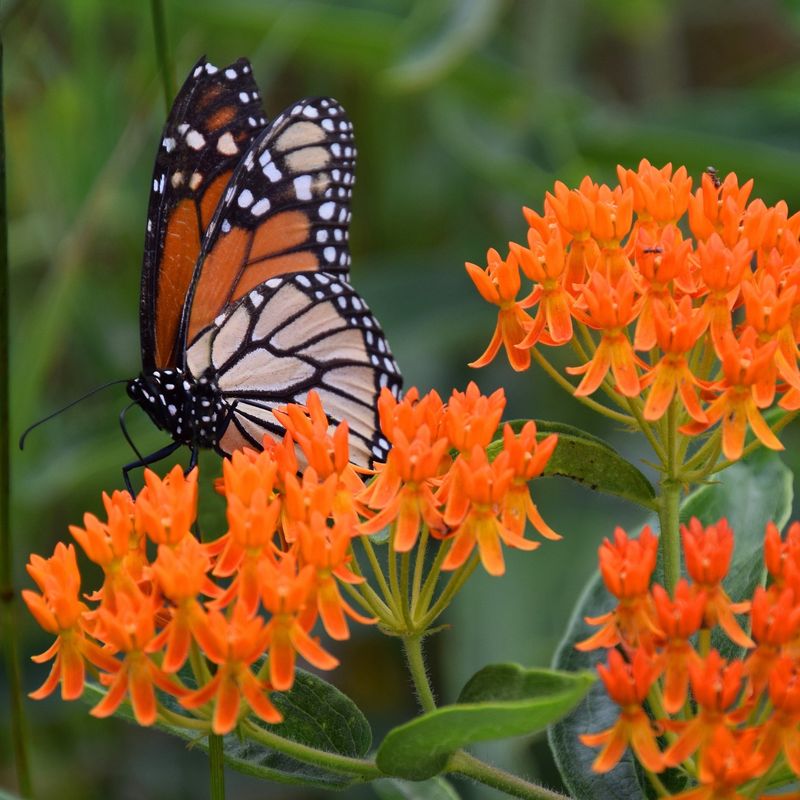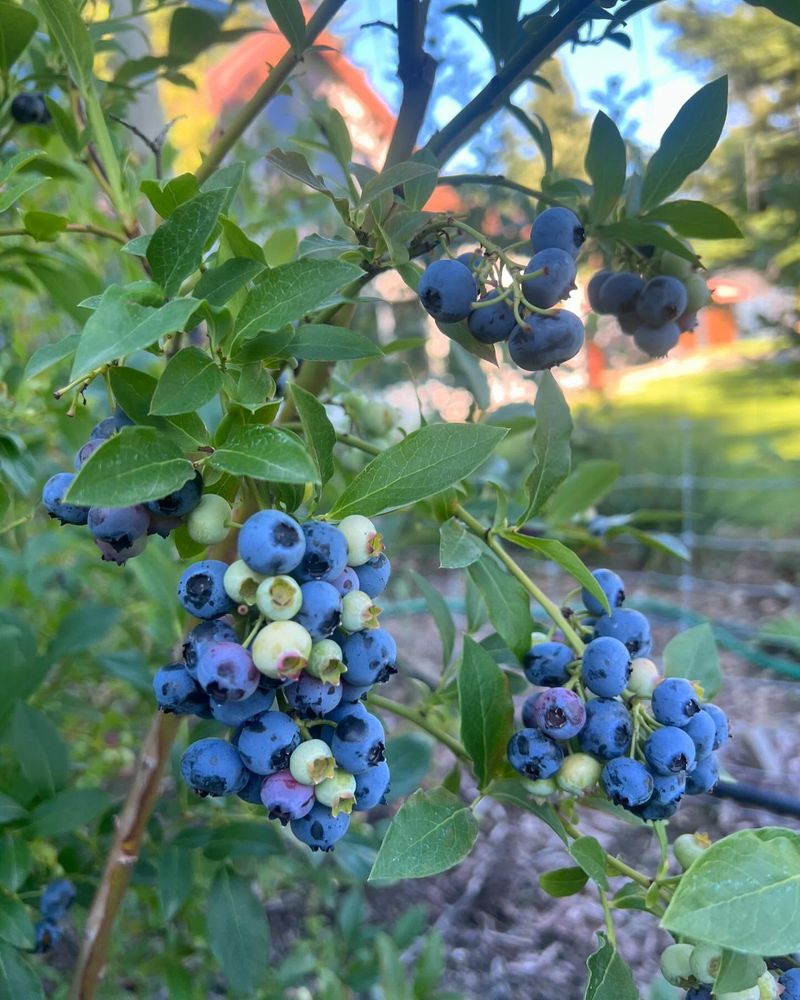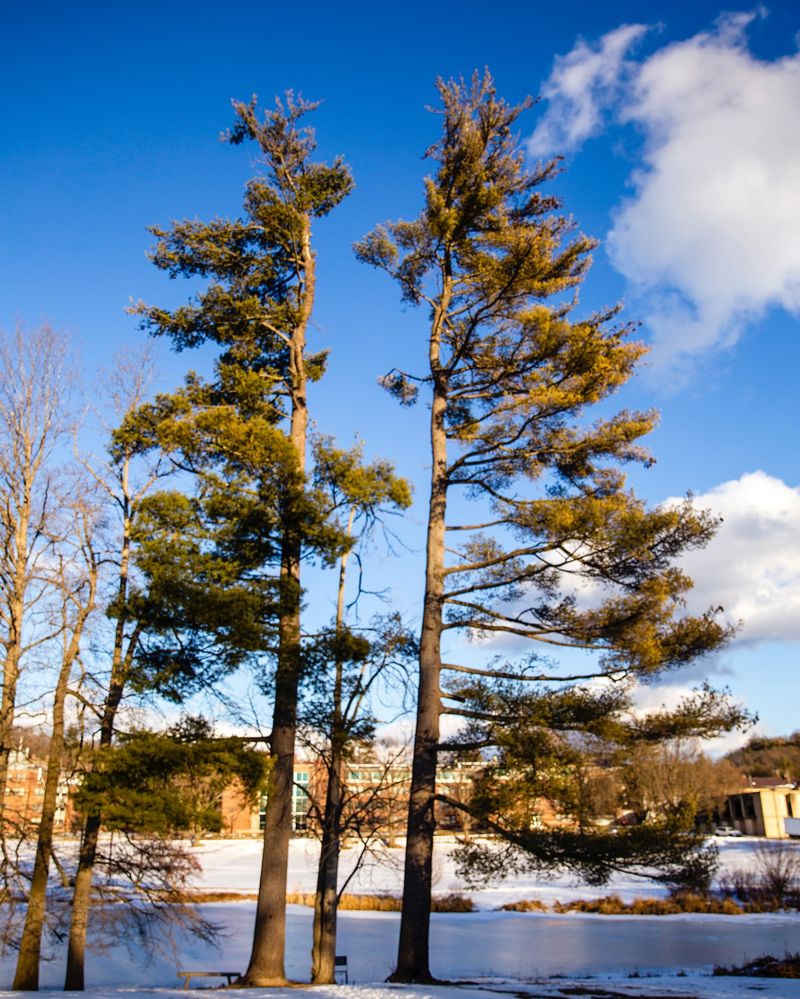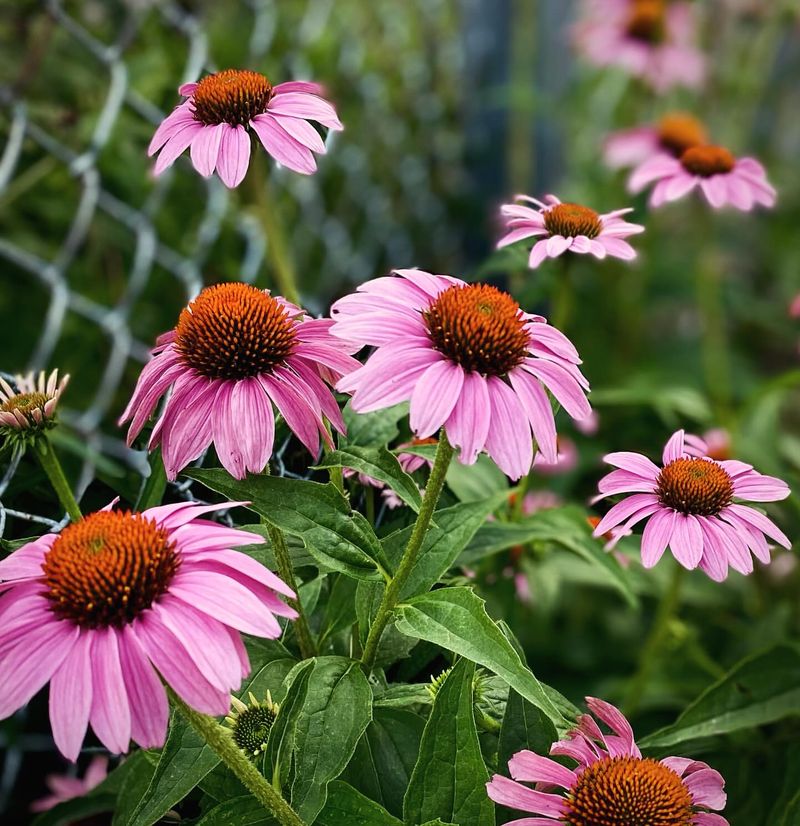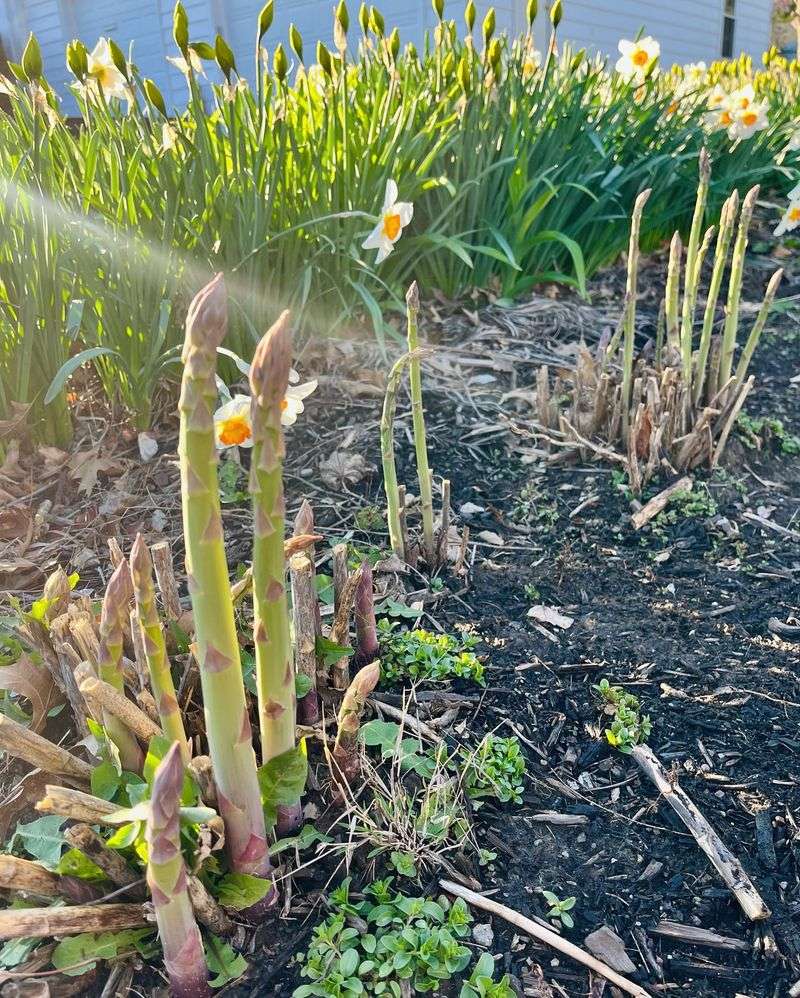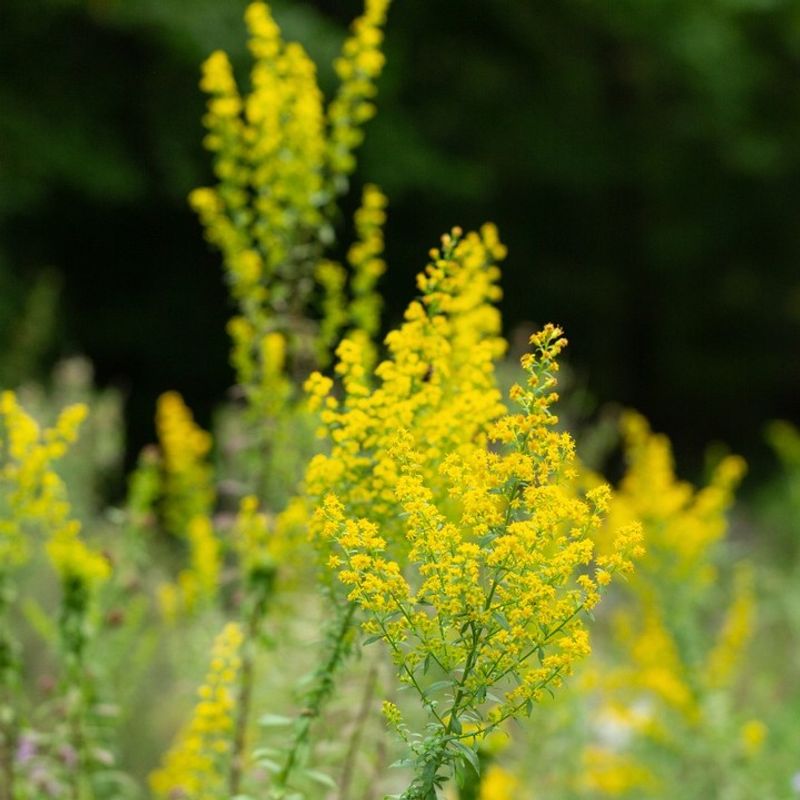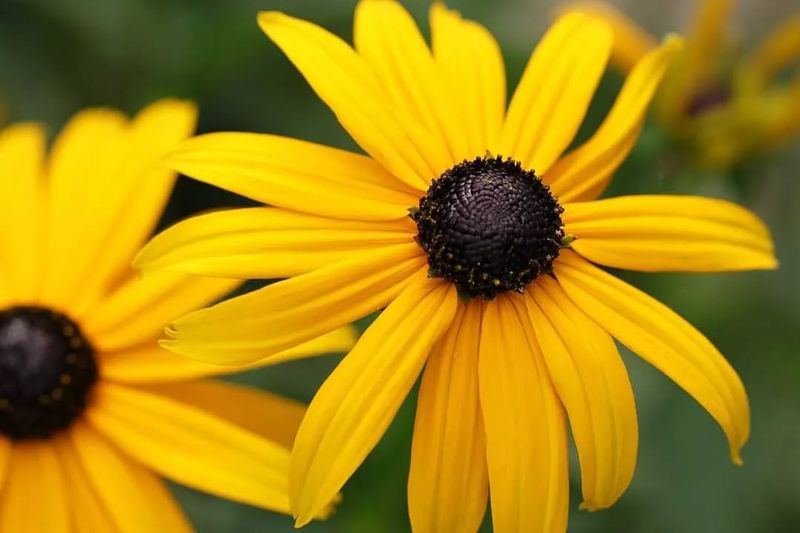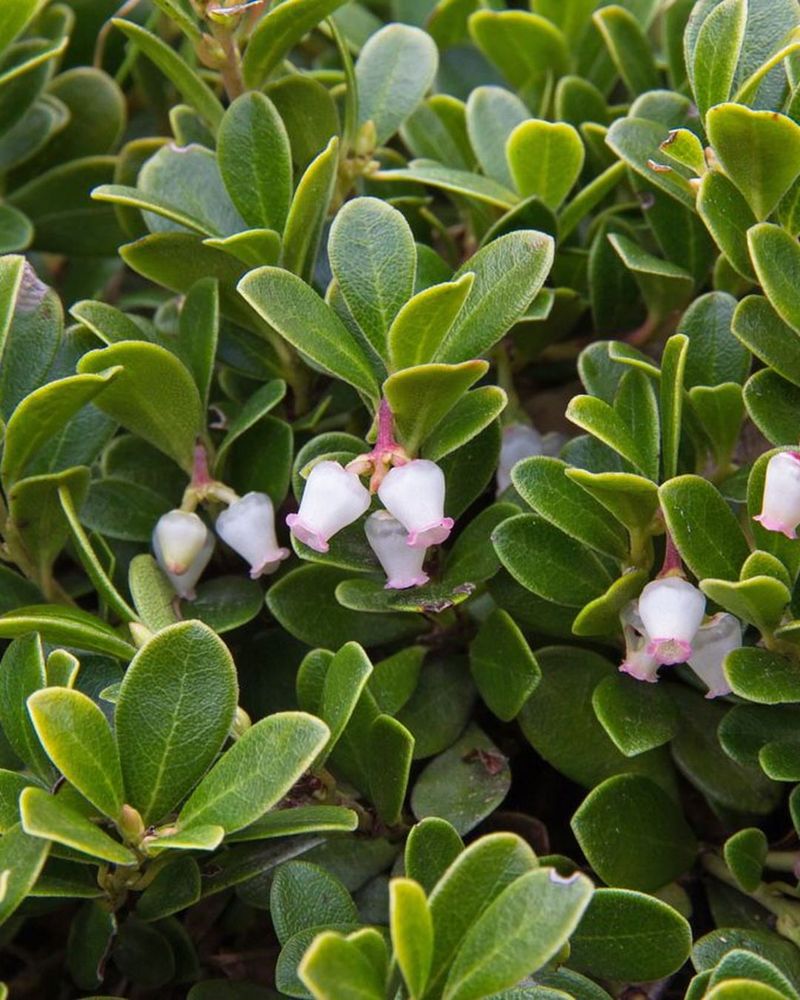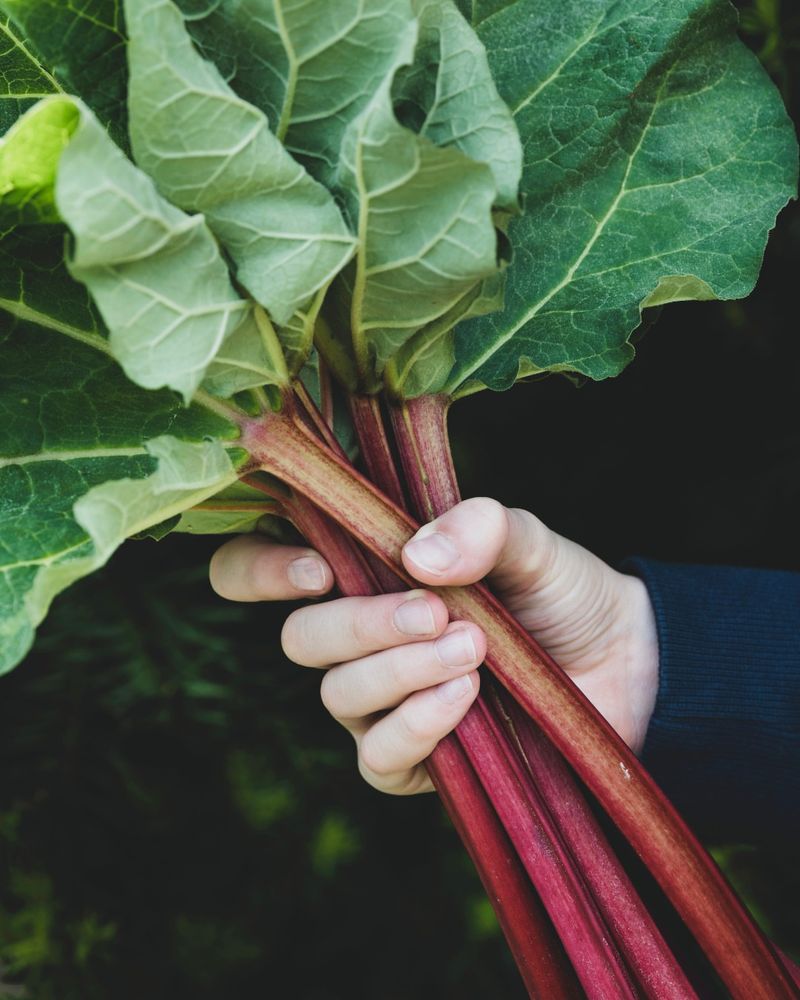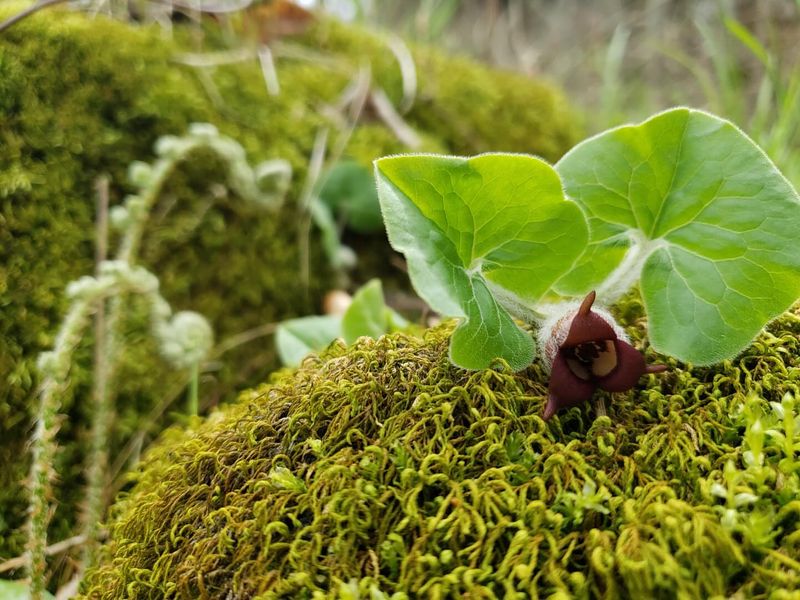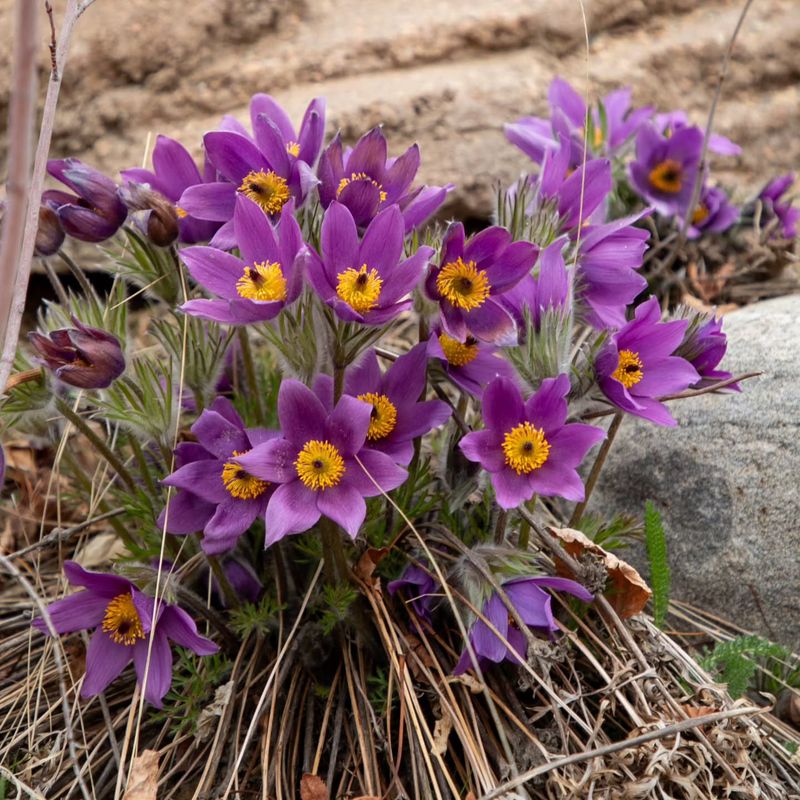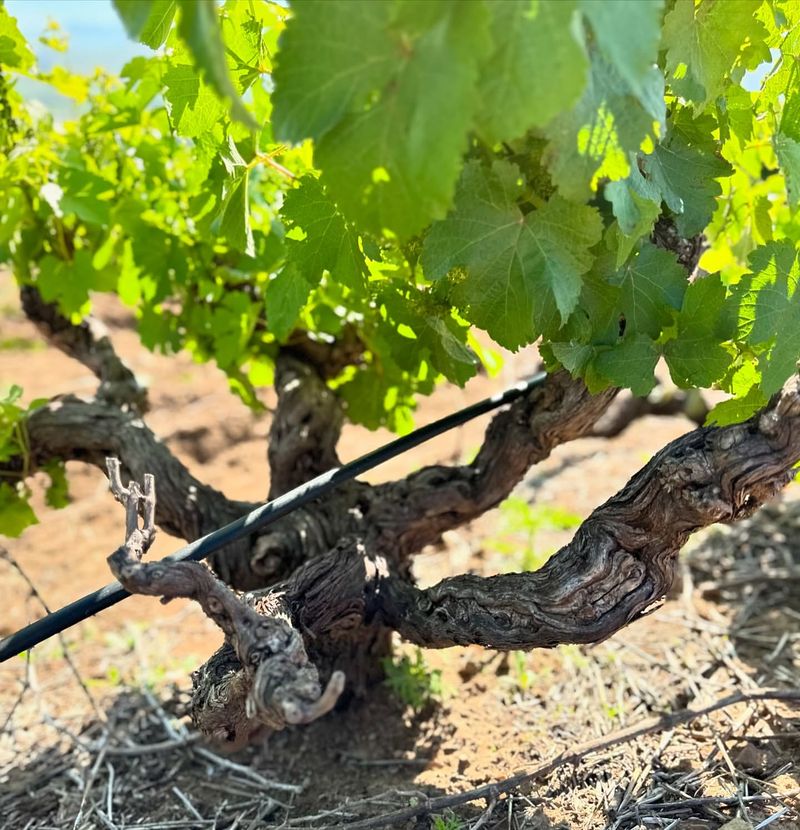Wisconsin gardeners, your green thumb might actually be harming some plants! While fertilizer helps many garden favorites thrive, certain plants actually suffer when given extra nutrients.
Using fertilizer on the wrong plants wastes money and can damage your garden’s ecosystem, leading to weak growth or even plant death.
1. Native Prairie Grasses
Wisconsin’s prairie grasses evolved in nutrient-poor soils and actually perform worse with added fertilizer. Extra nutrients encourage rapid, weak growth that makes them flop over instead of standing tall.
These resilient plants develop deeper, stronger root systems when they have to work for their nutrients. Leave them unfertilized to maintain their natural drought resistance and structural integrity.
2. Wild Lupine
As the only food source for the endangered Karner blue butterfly caterpillars, wild lupine thrives in sandy, low-nutrient Wisconsin soils. Fertilizing disrupts its natural growing pattern and can reduce blooming.
The plant actually fixes nitrogen from the air into the soil through special root nodules. Let this beautiful purple-blue wildflower grow naturally to support local butterfly populations and maintain its vibrant blooms.
3. Established Oak Trees
Wisconsin’s majestic oaks develop extensive root systems that gather all the nutrients they need. Fertilizing mature oaks can stimulate excessive leaf growth at the expense of root development.
This imbalance makes them more vulnerable to drought and disease. Many Wisconsin homeowners damage their stately oaks with unnecessary fertilizer. Simply mulch with fallen leaves to provide all the nutrients these native giants require.
4. Cranberry Beds
Commercial cranberry growers in Wisconsin know that timing is everything. Over-fertilizing or fertilizing at the wrong time leads to excessive vine growth instead of berry production.
Home gardeners often make this mistake with cranberry plants. The acidic bog conditions these plants prefer naturally limit certain nutrients. Too much nitrogen encourages leafy growth at the expense of the tart red berries Wisconsin is famous for.
5. Woodland Trillium
These delicate spring wildflowers carpet Wisconsin’s forest floors with white blooms. Trillium grows best in the natural leaf litter of undisturbed woodlands.
Fertilizer disrupts their slow growth cycle and damages their sensitive root systems. These native plants have evolved to thrive in the specific low-nutrient conditions of forest floors. Appreciate their natural beauty without trying to boost their growth with unnecessary additives.
6. Jack Pine Stands
Jack pines dominate Wisconsin’s sandy barrens because they’re adapted to poor soils. Fertilizing these scrappy conifers stimulates weak, spindly growth that’s prone to wind damage and disease.
These trees actually prefer stressed conditions! Their unique ecology includes fire-dependent reproduction – their cones only open to release seeds after intense heat. Let jack pines grow naturally tough in their native sandy soils for the best results.
7. Butterfly Weed
Despite its name, butterfly weed (Asclepias tuberosa) is a valuable Wisconsin native with vibrant orange flowers that monarch butterflies adore. This milkweed relative develops a deep taproot that resents disturbance.
Fertilizing causes floppy growth and fewer flowers. The plant’s drought tolerance comes from its adaptation to poor soils. Leave this pollinator favorite unfertilized to encourage sturdy stems and maximum flowering for Wisconsin’s butterfly populations.
8. Blueberry Bushes
Wisconsin blueberry growers know these acid-loving shrubs need specific care. Regular fertilizers with phosphorus can block iron absorption and turn leaves yellow despite the soil having plenty of nutrients.
Only specialized acidic fertilizers work for blueberries, and even those should be used sparingly. Many gardeners kill their blueberries with kindness! Instead, mulch with pine needles and coffee grounds to naturally maintain the acidic conditions these tasty berries prefer.
9. Mature Pines
Wisconsin’s towering white pines create their own ecosystem beneath their branches. The fallen needles naturally acidify the soil and provide slow-release nutrients perfectly matched to the trees’ needs.
Fertilizing established pines often leads to disease problems and insect infestations. The rapid growth stimulated by fertilizer creates soft, weak wood more susceptible to damage. These majestic trees thrive best when left to their natural growth patterns.
10. Purple Coneflower
This prairie native’s distinctive purple blooms attract bees and butterflies throughout Wisconsin. Echinacea developed in poor prairie soils and actually produces more flowers when slightly stressed.
Fertilizing causes leggy growth with fewer blooms and weaker stems that flop over after rain. Many gardeners mistakenly fertilize when they see the plant isn’t growing rapidly, not realizing that’s its natural, drought-resistant growth pattern. Let this medicinal plant grow tough for the best results.
11. Established Asparagus Beds
Wisconsin’s climate is perfect for asparagus, but timing fertilizer application is crucial. Fertilizing established beds during harvest season pushes energy into fern growth rather than delicious spears.
Many gardeners make this mistake, reducing their yield substantially. Only fertilize asparagus after the final harvest when the plants need nutrients to build reserves for next spring. The ferny growth period is when these perennials store energy in their roots.
12. Native Goldenrod
Goldenrod lights up Wisconsin’s late summer landscapes with brilliant yellow blooms. These tough natives evolved in poor soils and actually grow too aggressively when fertilized.
Extra nutrients create floppy stems that can’t support their heavy flower heads. Despite common misconceptions, goldenrod doesn’t cause hay fever – that’s ragweed! Let these pollinator-friendly plants grow naturally to maintain their sturdy structure and abundant blooms that support fall migrations.
13. Black-Eyed Susan
These cheerful yellow flowers naturalize easily throughout Wisconsin gardens. Their drought tolerance comes from adaptation to poor soils – fertilizing actually reduces flowering and creates weak growth.
The plants put energy into leaves instead of the bright blooms gardeners want. Black-eyed Susans self-seed readily when happy, creating drifts of color. Many gardeners mistakenly think more fertilizer equals more flowers, when the opposite is true for these prairie natives.
14. Bearberry Ground Cover
Bearberry (Arctostaphylos uva-ursi) creates beautiful ground cover in Wisconsin’s challenging sandy areas. This tough native plant develops its best red berries and fall color when growing in poor soil.
Fertilizing causes rapid but weak growth susceptible to disease. The plant’s natural compact habit becomes loose and floppy. Bearberry’s leathery leaves and trailing stems evolved specifically for low-nutrient conditions, making it perfect for difficult spots where other plants struggle.
15. Lavender Plants
Wisconsin gardeners can grow lavender successfully despite harsh winters by planting it in poor, well-drained soil. Fertilizing lavender stimulates soft, floppy growth that produces fewer fragrant oils and is more susceptible to winter kill.
The plant’s signature scent actually intensifies when it’s slightly stressed. Many gardeners kill lavender with kindness! Instead of rich soil and fertilizer, give lavender sharp drainage and lean conditions to encourage compact growth and maximum flowering.
16. Established Rhubarb
Wisconsin’s climate is ideal for rhubarb, but timing matters. Fertilizing established plants in late summer or fall promotes new growth that won’t survive winter, weakening the entire plant.
Many gardeners mistakenly fertilize whenever they think of it. Rhubarb needs nutrients only in early spring as growth begins. These perennials naturally die back in fall to protect their crown. Let them follow their natural cycle without pushing late-season growth.
17. Wild Ginger Ground Cover
This native woodland plant creates beautiful ground cover beneath Wisconsin’s maple and oak forests. Wild ginger evolved to thrive in the natural leaf litter of forest floors.
Fertilizing disrupts its slow, steady growth pattern and can burn its sensitive roots. The heart-shaped leaves naturally form dense patches when left alone. Simply mulch with fallen leaves to mimic wild ginger’s natural habitat instead of using commercial fertilizers.
18. Pasque Flower
Among the earliest spring blooms in Wisconsin, pasque flowers bring purple beauty to gardens while snow still lingers. These prairie natives evolved in poor, well-drained soils and resent rich conditions.
Fertilizing causes weak growth and root rot. The silky seed heads that follow the flowers are just as ornamental as the blooms themselves. Let these early spring gems grow in lean soil where they’ll develop their best fuzzy stems and longest-lasting flowers.
19. Red Cedar Trees
Wisconsin’s native red cedars colonize poor soils where other trees can’t grow. Fertilizing these drought-tolerant conifers stimulates rapid growth that’s structurally weak and more susceptible to winter damage.
Their natural slow growth creates dense, strong wood perfect for withstanding harsh Wisconsin winters. Many homeowners damage these valuable landscape trees by treating them like garden plants. Allow red cedars to grow at their natural pace for the best long-term results.
20. Mature Grape Vines
Wisconsin’s cold-hardy grape varieties produce better wine and juice when slightly stressed. Over-fertilizing mature vines stimulates leafy growth at the expense of fruit quality and quantity.
The best wines come from vines that have to work for their nutrients! Established grape roots extend deep into the soil, gathering all they need naturally. Many home growers reduce their harvest by applying unnecessary fertilizer to already productive vines.

